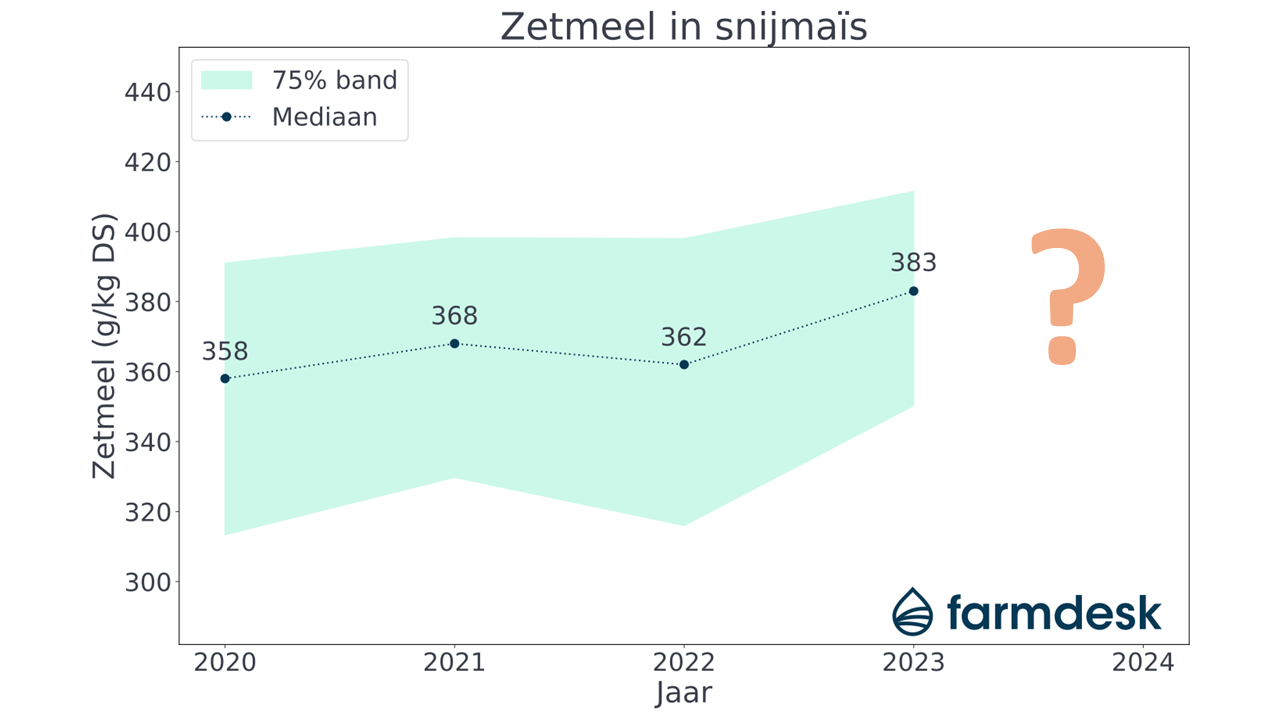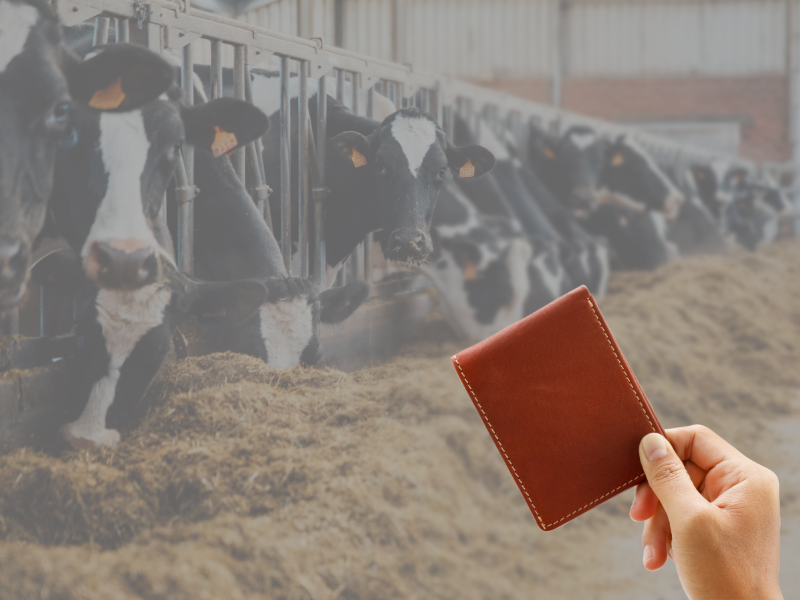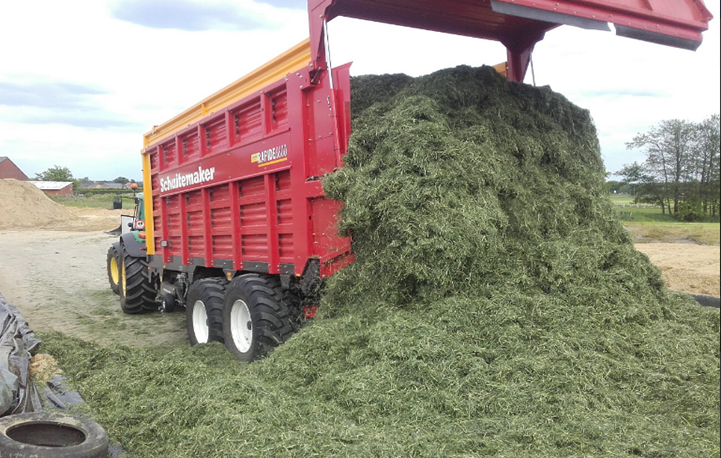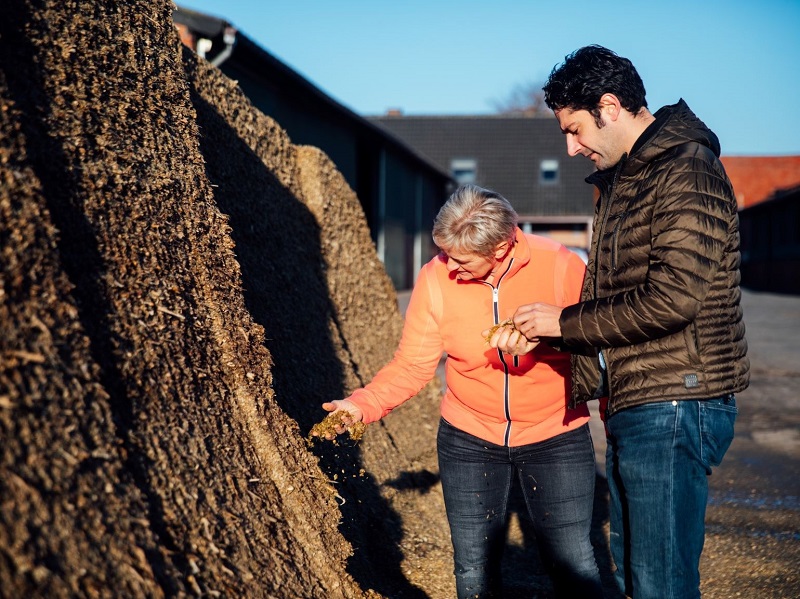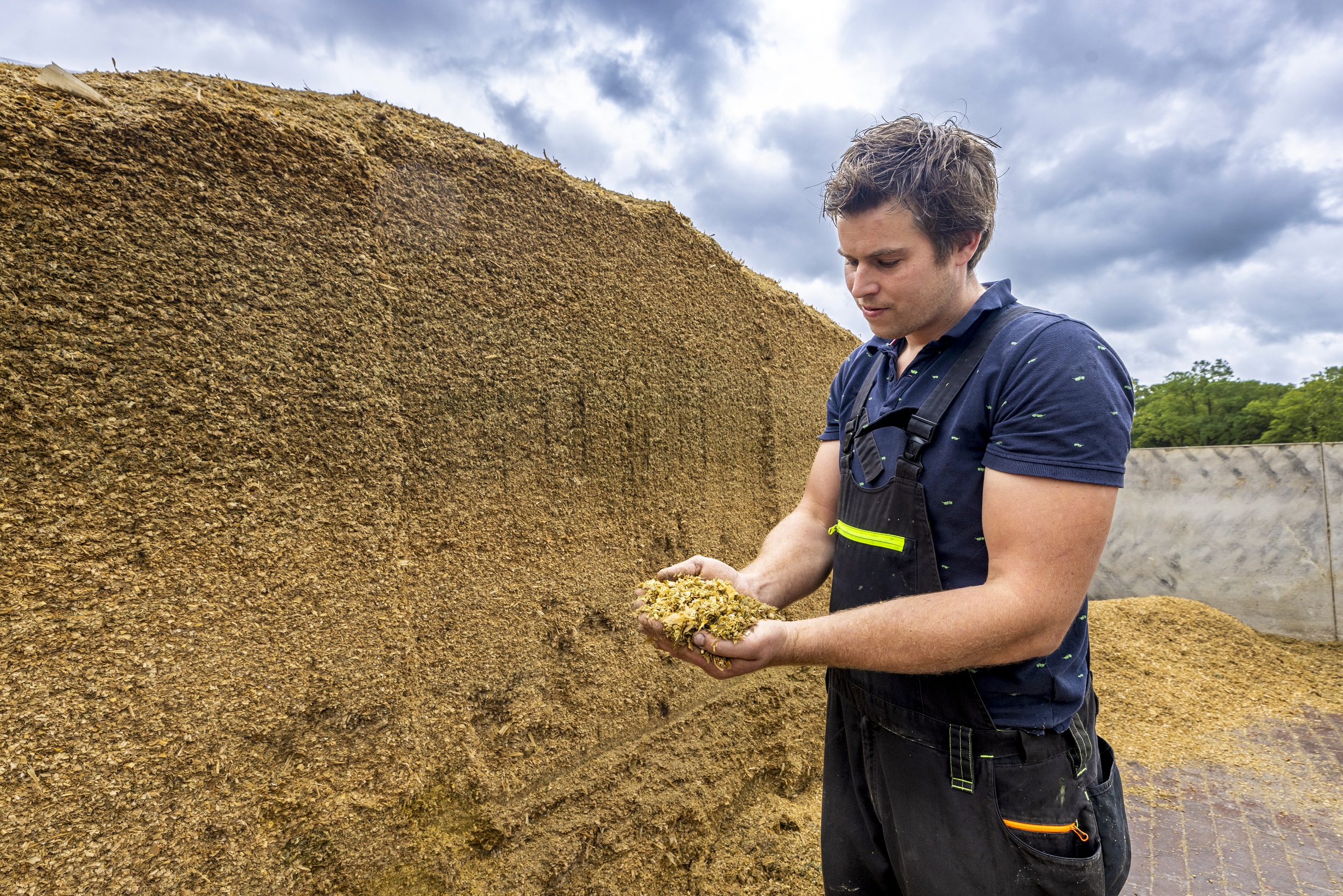As a dairy farmer, it is important to fully understand the basic functioning of your animals' digestive system. In this multi-part series of articles, we will once again take you through the most important concepts. The first article in this series will cover the energy side of digestion. You can find the article on the protein digestion at this link.
When we talk about energy management for dairy cattle, there are some important parameters that often recur. For example, VEM (Feed Unit Milk) is an important measure of the general energy supply of the animals. The organic matter available to the flora in the cow's rumen is called fermentable organic matter or FOS.
Energy sources that can be used by the animal come in different forms. Roughly speaking, these energy sources can be divided into fats and carbohydrates.
Fats
Fats are very high in energy. They are not digestible in the rumen, but they are digestible in the thin intestine after the action of bile salts. Besides being useful as an energy source, fats are also important for the entire metabolism of the cattle. For example, unsaturated fats often form building blocks for cell membranes or hormones.
Most forages have a fat content lower than 5%. This is also the limit in rationing so as not to disturb rumen function. By making fats rumen resistant, the fat content in the ration can be increased if desired.
Too few fats in the ration can lead to energy deficiencies and in addition, a lack of unsaturated fatty acids leads to poorer resistance, poor fertility and problems with cell membranes.
Carbohydrates
Carbohydrates occur in various forms in food products. Two major groups can be distinguished: the cell wall carbohydrates and the cell content carbohydrates.
Among the cell wall carbohydrates we distinguish three main groups: lignin, (hemi)cellulose and pectin. In general, these cell wall components provide strength and structure to plants.
Lignin (wood dust) is the secondary cell wall and is virtually indigestible to rumen flora, but can contribute to the mechanical puncture of the rumen, which is necessary for proper rumen ruminal activity and proper functioning of the rumen buffer.
Cellulose and hemicellulose are components of the primary cell wall and are digestible by rumen flora. These components are mainly converted to acetic acid, which is absorbed into the blood through the rumen wall to eventually contribute significantly to milk and body fat. In addition, these components can also contribute to the necessary mechanical puncture in the rumen.
To quantify these two groups of difficult to non-digestible carbohydrates, one often uses the NDF (Neutral Detergent Fibre) value. This NDF is a measurement number that represents the fraction of lignin, cellulose and hemicellulose of a feed material and is an indication of the total weight of cell walls.
Pectins are rapidly digestible cell wall carbohydrates. It is basically the adhesive between cell walls. Pectins are mainly converted to propionic acid in the rumen. This propionic acid is important for the cow's supply of glucogenic energy. Furthermore, the pectins will also be used as an energy source for the microorganisms to multiply.
The figure below summarizes the functions and conversions of the cell wall carbohydrates discussed.
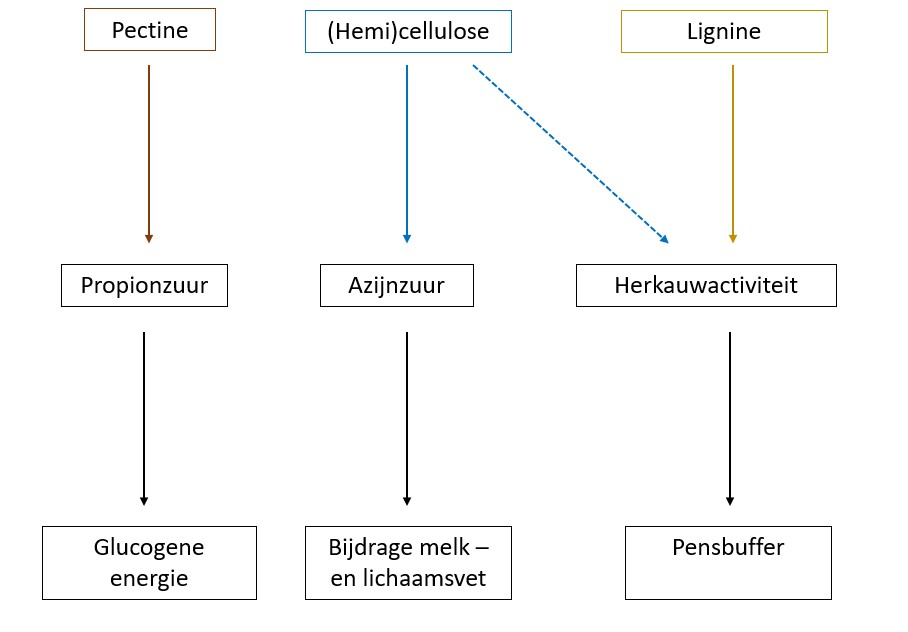
When we look at cellular content carbohydrates, three main groups can also be distinguished: sugars, rumen-digestible starch and gut-digestible starch.
The sugars are very rapidly digestible. They are converted by the rumen flora into lactic acid, butyric acid and propionic acid. The propionic acid will be able to serve for the cow's glucogenic energy supply. Butyric acid, in turn, can contribute to milk fat synthesis. However, the milk acid is such an acidifier to the rumen environment that the pH can drop too much to result in the killing off of microbial life in the rumen.
Pens digestible starch is converted primarily to propionic acid and to a lesser extent to lactic acid. It is slightly less aggressive in acidifying the rumen environment than the simple carbohydrates, but can still be acidifying.
In general, readily digestible carbohydrates tend to have the acidity in the rumen. This rumen acidification is very pernicious for digestion, but is prevented by the bicarbonate flow which enters the rumen during rumination. Ruminal activity can be stimulated by slow or difficult to digest carbohydrates.
In addition to the ruminal stimulus to make bicarbonate available as rumen buffer, optimal bicarbonate production is of course crucial. Bicarbonate production takes place in cattle blood based on CO2 and water. In hot and humid weather, a cow will try to cool itself by hyperventilation. This will increase CO2 emissions, resulting in fewer building blocks available for bicarbonate production. In addition, bicarbonate emissions through urine will also increase. In the meantime, rumen flora will still continue to produce the aforementioned acids. Lower buffering during a period of heat stress may give rise to rumen acidification.
As the last group within the cellular content carbohydrates, we have the intestinal digestible starch. Unlike previously discussed carbohydrates, intestinal digestible starch passes the rumen virtually intact, to be further enzymatically digested in the thin gut. Thus, it is a direct source of glucogenic energy for the animal.
The figure below summarizes the conversions of different cellular content carbohydrates.
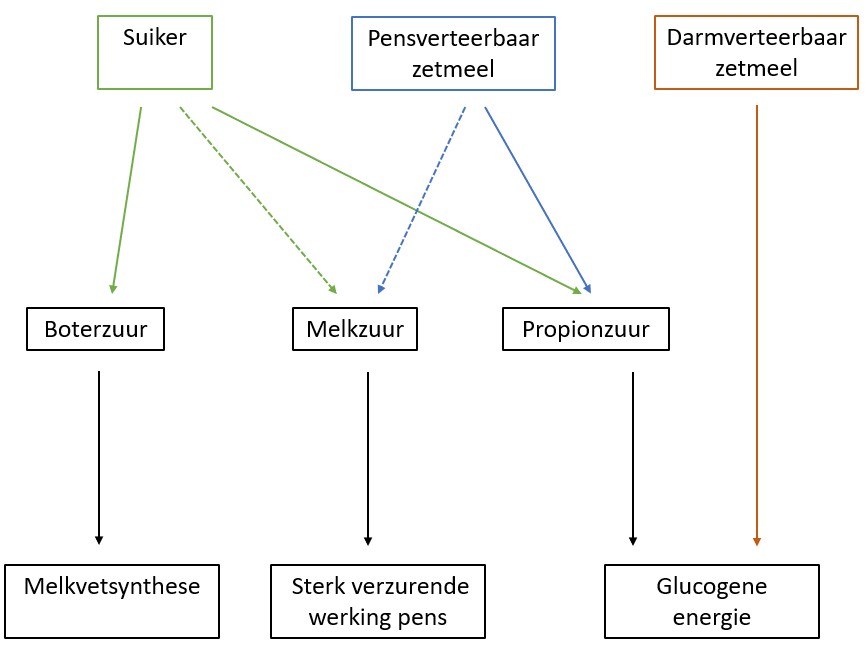
In addition to energy from fats and carbohydrates, animals could also get energy from proteins. Of course, this is not desirable, and a problem for the company since protein has a much higher cost compared to carbohydrates.
Of course, protein digestion is also an important topic. The next article in this series will cover protein digestion in detail, as well as where energy digestion intervenes in protein digestion.


